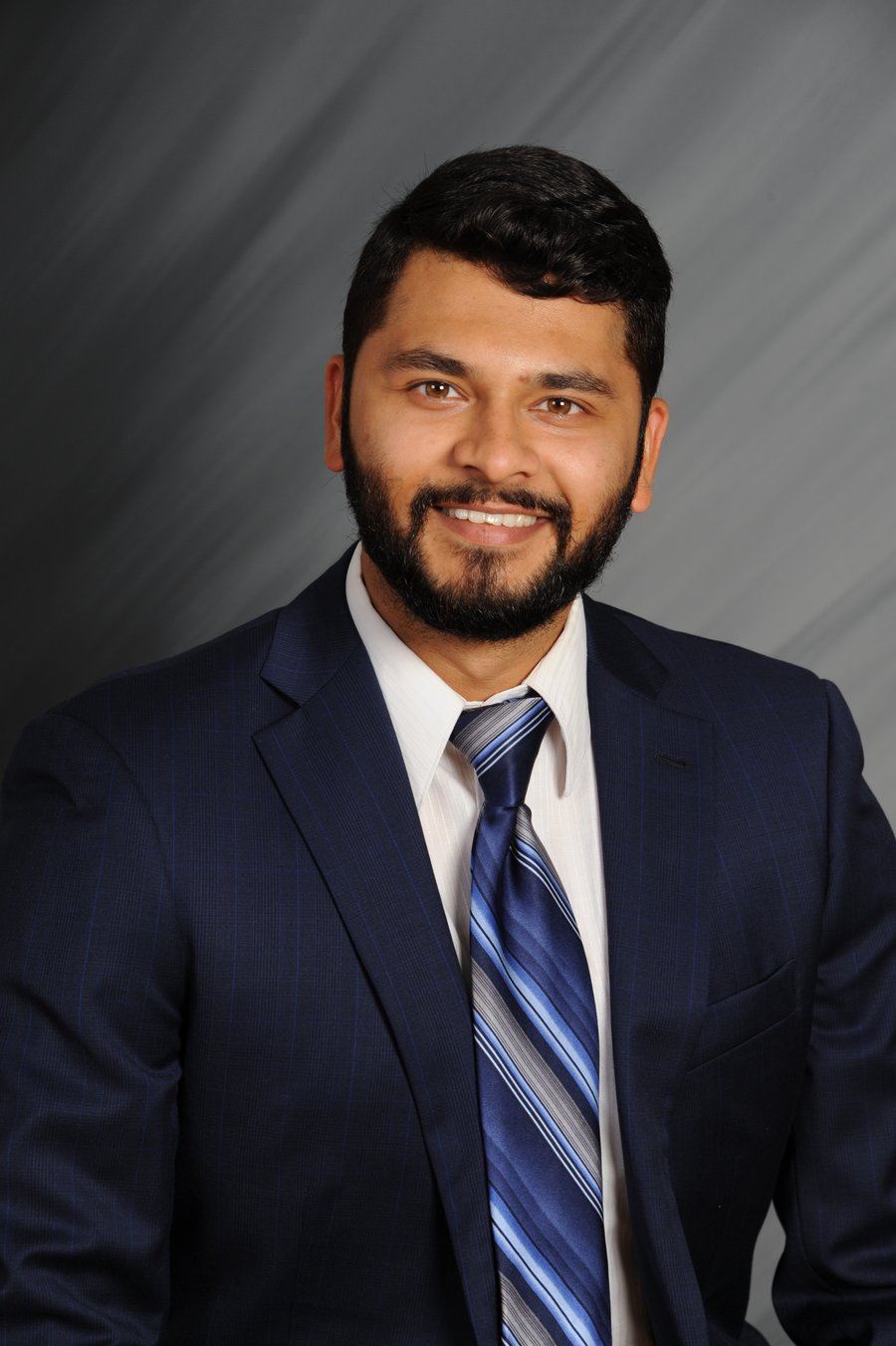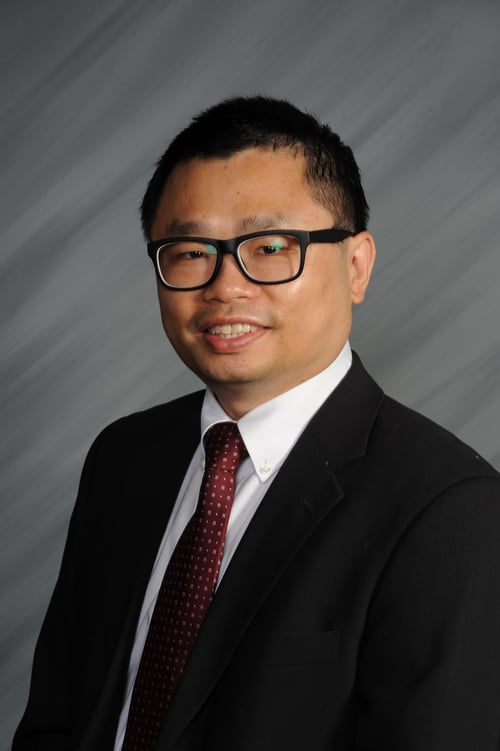
Four months ago, I met a patient, “Linda”, who was no different from most of the people I care for in clinic. Like many Americans, she suffered from a constellation of obesity, high blood pressure, diabetes, and high cholesterol. We agreed on making a series of lifestyle changes and starting medication. In a few weeks, she would have another appointment to see how things were going.
The day before her appointment with me, Linda had a splitting headache. It was so bad she felt her arm go numb, and she had some trouble speaking. It did not go away with Tylenol, but after a few hours most of the pain was over hand she could speak. She figured things would get better by the morning, and if not, she could ask me.
The next morning in clinic, I diagnosed Linda with a stroke that left her with permanent right sided hemiparesis (semi-paralysis of her dominant hand). Further workup revealed that had Linda known to go to the ER when her symptoms had started, we could have cured her.
Linda is not alone. Studies show only 2/3 of Americans are aware of the signs and symptoms of stroke. Stroke is the 5th leading killer in America and a significant source of suffering at the end of life.
The easiest way to think about a stroke is to think of it as a brain injury due to the blood vessels in the brain. Given the complexity of the human brain, the manifestations of stroke are myriad and complex. This has made it difficult to educate the public about the many faces of stroke.
Broadly, the brain is responsible for sensation, movement, speech, and reasoning. A sudden alteration in any of these functions should warrant a concern for stroke. This is especially true for people who are at a high risk of stroke. Many people today are at high risk of stroke including: people with diabetes, high blood pressure, high cholesterol, heart disease, smoking history, significant alcohol use, advanced age, and certain genetic disorders. If you or someone you know appears to display these symptoms, time is critical. Call 911 right away, and try to write down the time the symptoms began.
Public health campaigns since the 2000s have improved stroke awareness and increased the number of people who could receive curative treatment for stroke. The American Stroke association supports two easy ways to remember facts about stroke. The FAST mnemonic and “The Suddens”. https://www.youtube.com/watch?v=0WkeIkvRgUE
FAST stands for Facial droop, Arm Weakness, Speech disturbances, and TIME TO CALL 911. “The Sudden’s” refer to:
- Sudden NUMBNESS or weakness of face, arm, or leg, especially on one side of the body.
- Sudden CONFUSION, trouble speaking or understanding speech
- Sudden TROUBLE SEEING in one or both eyes
- Sudden TROUBLE WALKING, dizziness, loss of balance or coordination
- Sudden SEVERE HEADACHE with no known cause
Unfortunately, in an emergency it can be difficult to remember just what exactly constitutes stroke symptoms. In that situation, I would refer to my advice above and remember it always better to be safe and call your doctor right away if you have questions or concerns. I have included links to the American
Stroke Association’s website in my references below, and I highly recommend viewing those articles if you are interested in more information. And of course, you are also welcome to discuss any questions you may have with your doctor.
 Dr. Joshi is a resident physician who sees patients of all ages and provides obstetrical services at Lone Star Family Health Center, a non-profit 501(c)3 Federally Qualified Health Center operating facilities in Conroe, Spring, Willis, Grangerland, and Huntsville, and serving as home to a fully integrated Family Medicine Residency Program to increase the number of Family Medicine physicians for Texas and our community.
Dr. Joshi is a resident physician who sees patients of all ages and provides obstetrical services at Lone Star Family Health Center, a non-profit 501(c)3 Federally Qualified Health Center operating facilities in Conroe, Spring, Willis, Grangerland, and Huntsville, and serving as home to a fully integrated Family Medicine Residency Program to increase the number of Family Medicine physicians for Texas and our community.


.jpg?width=500&name=Ruth%20Duesterheft%2c%20M.D.%20(1).jpg)
